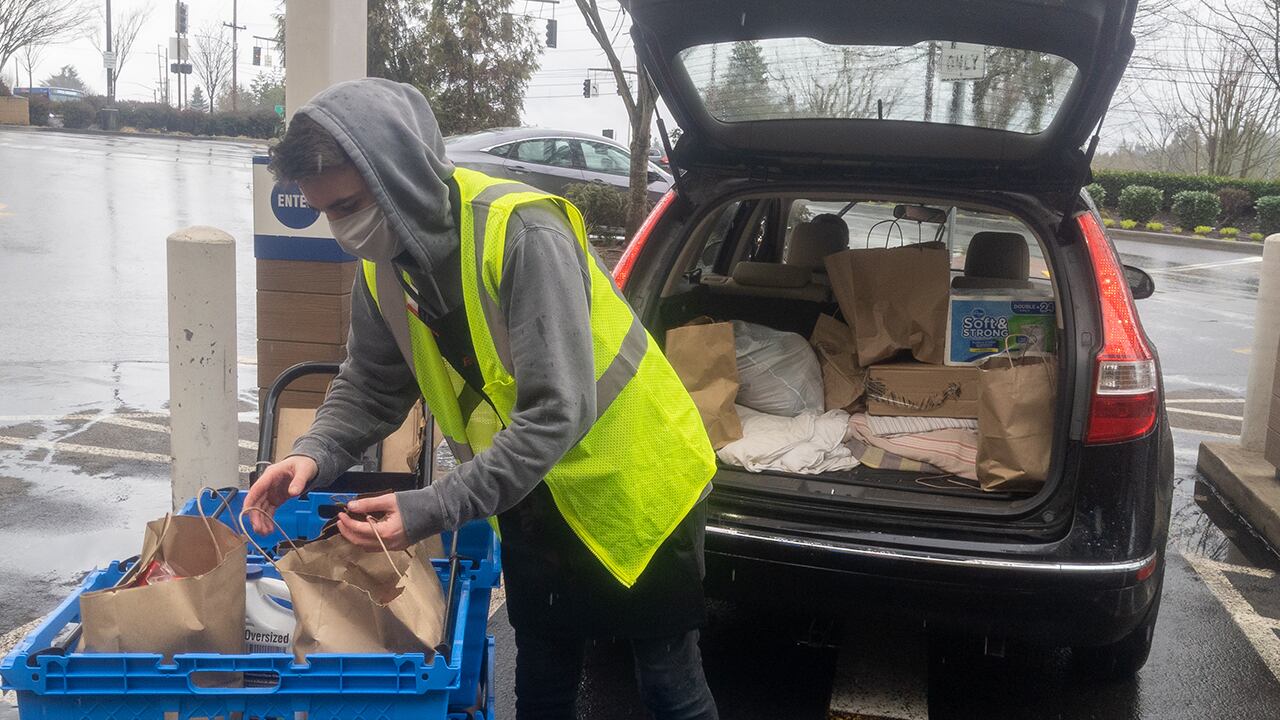Hunger in Oregon grew as a result of the pandemic, and for some communities more than others: Black people are nearly six times more likely to be food insecure than white people.
A food sufficiency survey conducted by the U.S. Census Bureau between Feb. 17 and March 1 asked Oregonians about their eating habits for the previous seven days to get a snapshot of who was getting enough to eat. The number of respondents varied each week, but despite differences, disparities were still present.
The Census Bureau asked residents to choose from four options: 39% of Black people marked that they had enough to eat the previous week—the most food-secure option—compared with 62% of non-Hispanic white people.
Surveys conducted before the pandemic found that 51% of Black people reported they had enough to eat while 77% of white people did. So both groups experienced higher rates of hunger during the pandemic.
For the least food-secure selection, 5.5% of Black people said that they did not have enough to eat, while only 1% of white people checked this option, a steep disparity.
The Oregon Food Bank and other service providers report a huge increase in demand during the pandemic. This is Phase 3 of a survey by the Census Bureau, and its data shows a food insecurity gap between white and Black people before the pandemic that worsened throughout.
Ibeth Hernandez oversees SUN Community School Food Pantries, a Multnomah County program that helps provide families with groceries a couple of times a week at different high schools. Most of these are east of 82nd Avenue, where need tends to be higher.
She says most families the pantries serve are people of color. The need increased so much during the pandemic, it was a challenge to keep up.
"You don't realize how much manpower is needed until you're there and you see the amount of work and then realize it's a lot more than you can handle," Hernandez says. "I can't imagine what some people would do without it."
She is not at all surprised by the disparity in food sufficiency.
"When you think about the fact that a lot of them, especially the immigrant community, do essential work which was low paying even before the pandemic," Hernandez says, "and then you add so many other barriers—like having to still pay rent, feed kids who are at home all day and things like that—just adds to that pressure. So it's not surprising at all."
This reporting has been funded in part by a grant from the Jackson Foundation. See more Black and White in Oregon stories here.

